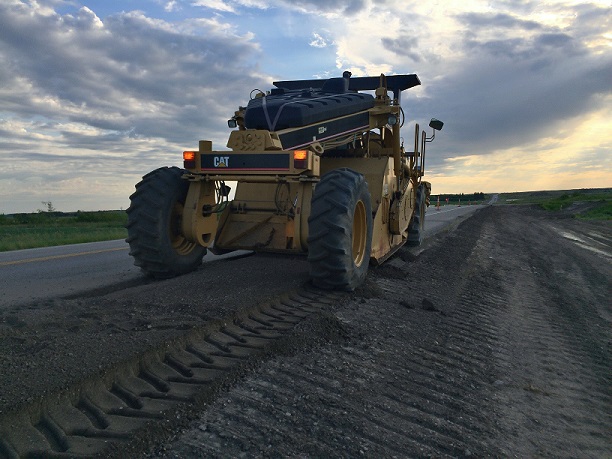Released on April 10, 2018
Major safety improvements are coming to many of Saskatchewan’s busiest highways as part of this year’s $924 million highways and infrastructure budget.“A decade of growth is changing traffic demands on the provincial transportation system,” Highways and Infrastructure Minister David Marit said. “With this year’s budget, our government has invested more than $3.0 billion into highways and infrastructure over the last three years. This shows our government understands the need to make our busiest highways safer, and to get our exports to market more efficiently.”
About $51 million will be invested in major safety projects, including:
- Continued work on the Warman and Martensville interchanges;
- Continued work on twinning Highway 7 between Vanscoy and Delisle;
- Starting a series of twinning and passing lane projects on Highways 6 and 39 between Regina and Estevan. Two sets of passing lanes will be built on Highway 6 between Regina and the junction of Highway 39 this year;
- Building two sets of passing lanes on Highway 4 between North Battleford and Cochin;
- Beginning planning work for passing lanes on Highway 7 between Rosetown and the Alberta border, and Highways 9 and 10 between Melville and Canora; andBeginning planning work for passing lanes, widening and repaving Highway 5 between Highway 2 and Saskatoon. Two sets of passing lanes were opened on Highway 5 between Humboldt and Highway 2 last year.

In addition to these projects, this year’s budget will see 800 kilometres (km) of highway improvements across the province, involving:
- 100 km of rural highway upgrades including:
- Highway 4 between Val Marie and Cadillac (24 km);
- Highway 36 between Highway 18 and Willow Bunch (25 km); and
- Highway 255 south and west of Tobin Lake (21 km).
- Renewing 700 km of highway through:
- 280 km of light treatments, like seal coats;
- 140 km of medium paving, like microsurfacing; and
- 280 km of full repaving on highways like:
- Highway 2 south of Chamberlain (20 km);
- Highway 35 south of Weyburn (24 km); and
- Highway 4 north of North Battleford (30 km).
- $330 million for continued work on Phase II of the Regina Bypass, to be completed in late 2019.
- $13 million to repair flood damage or prevent damage in future years, including:
- Landslide and erosion repairs on Highway 11 near Lumsden and Highway 9 north of Whitewood; and
- Installing larger culverts on Highway 1 near Wolseley.
- $61 million for 30 bridge rehabilitation or replacement projects and numerous culvert projects.
- $21 million in grants to support municipal transportation infrastructure:
- $14 million for the Municipal Roads for the Economy Program;
- $6.7 million to urban municipalities through the Urban Highway Connector Program, including projects at Prince Albert, Melfort and Moose Jaw; and
- $700,000 for the Community Airports Partnership.
-30-
For more information, contact:
Steve Shaheen
Highways and Infrastructure
Saskatoon
Phone: 306-933-5641
Email: steve.shaheen@gov.sk.ca
Cell: 306-527-8740
